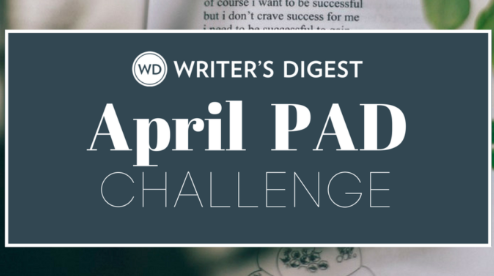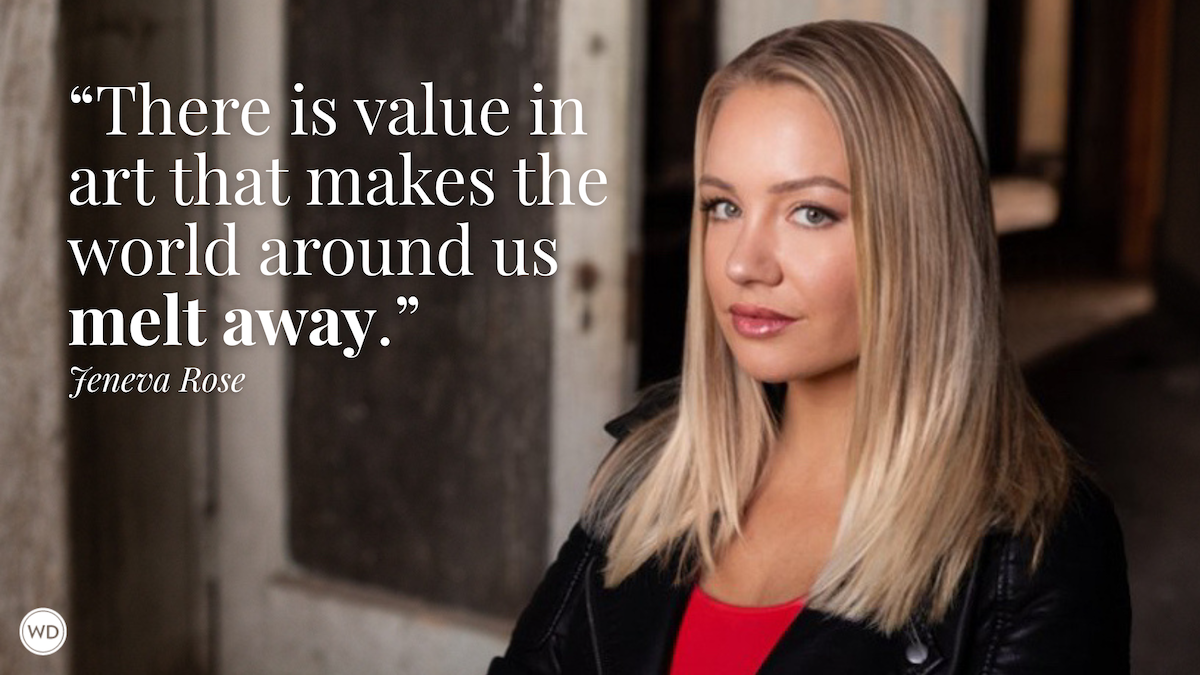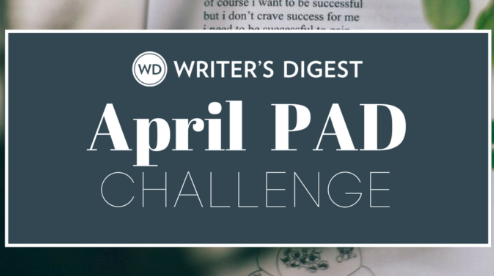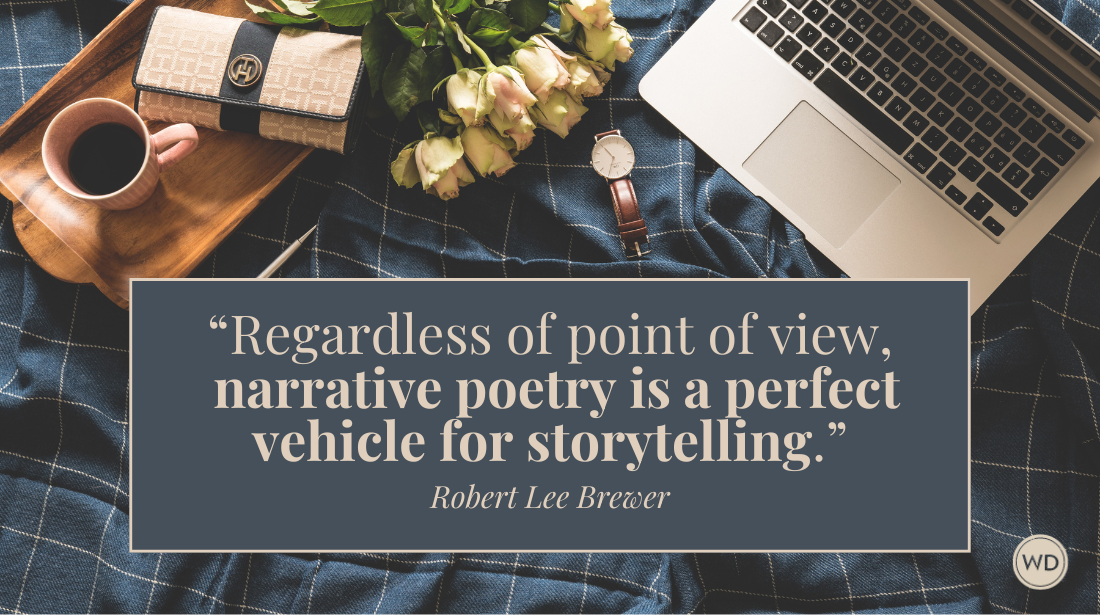How the Neuroscience of Surprise Can Improve Your Poetry Practice
Award-winning author Laura Shovan shares how neuroscience can improve your poetry practice through the element of surprise, including three ways to incorporate surprise into your own poems.
Every February, I draft a new poem each day, putting aside all thoughts of “polish and publish” until later. I’m not alone in this undertaking. I host about 30-40 poets as we receive a common prompt in the evenings, post our response poems the following day, and share positive feedback on our initial drafts.
This community project has been a game-changer in my development as a poet. Many members of the group have placed February poems in literary magazines and anthologies. They have won contests. One of my poems from the project was nominated for a Pushcart Prize. So what’s working here? The answer might be connected to neuroscience and how our brains integrate surprise.
Although I run the February group, I don’t come up with the daily writing topics myself. Instead, group members take turns creating prompts. We might be tasked with writing a poem about a news article, a work of art, a piece of music, or a concept like “things passed down.”
In I Want to be Creative, Harriet Griffey says “Exposure to different stimuli—new sounds, sights and sensations—create connections in the brain via the synapses, the points of connection between the neurons. The more neurons, the more neural pathways and more synapses, and the greater the opportunity to spark ideas and solutions.”
My take on this is that surprising, unexpected stimuli, such as a writing prompt I haven’t set for myself, is like being handed a puzzle to solve. Drafting the poem is how I piece together a solution.
Here is an example. Our group’s writing prompt on February 21, 2021, came from poet Susan Brisson: “We will focus on all things to do with our feet. From a baby’s first steps to a loved one’s last, from frozen toes to raging blisters.”
How was I going to make a poem out of feet? As often happens when a writing prompt stumps me, I turned to two things for help: Research and poetic form.
First, I looked at foot anatomy and discovered that we have a series of bones called cuneiforms—a homonym for the ancient writing system. Next, I plugged this new information into a poetic form I’d never tried before, the Viator, invented by poet Robin Skelton. The resulting poem will be published in an upcoming issue of Gargoyle.
Cuneiform Love Poem
Write to me in an ancient language.
Carve a stylus from bone to form
the wedge-shaped letters. Press symbols
into clay. You are my heart.
Take off your shoes and
write to me in an ancient language.
Walk the wedges of your toes
up my bare back, supple as clay.
In the mid-bones of the human foot
sit three cuneiforms. My skeleton
writes to me in an ancient language
I am still learning to read.
Articulate the shape of our history,
the ligaments attaching us, the bones
that move us together, apart.
Write to me in an ancient language.
If I had been relying on my own brain for inspiration, I never would have drafted this poem. It was born from the revelation that the word “cuneiform” means both writing and foot bone.
Of course, dealing with unexpected writing prompts for 28 days straight doesn’t result in 28 publishable poems, but it does get the brain in the habit of responding to the unexpected.
In the academic paper, “The Link Between Creativity, Cognition, and Creative Drives and Underlying Neural Mechanisms” Radwa Khalil, Ben Godde, and Ahmed A. Karim said that “creativity is linked to associative thinking,” or making links between seemingly unrelated ideas—similar like thinking outside the box.
Check out Laura Shovan's Welcome to Monsterville here:
(WD uses affiliate links.)
Surprise has become a regular part of my writing practice. Three years ago, my friend, poet Michael Rothenberg, sent me an illustration of an outlandish creature. For fun, I wrote a poem in response. In “Neighbor,” a child wonders about the monster who’s just moved in next door. Michael and I ended up working on a series of monster illustrations and poems, the basis of our book, Welcome to Monsterville. Michael, who was not a trained artist, had a wild imagination. I never knew what he was going to send me. But that was the fun of it. In order to figure out these monsters’ stories, I had to trust my neural pathways and follow whatever strange ideas showed up on the page.
What if you don’t have a friend sending you outlandish monster art to write about? Here are three ways to incorporate surprise into your own poetry practice.
- Try Maryland Poet Laureate Grace Cavalieri’s 10 Little Words technique. Make a word jar—you can add to this over time. Once a week, pull 10 words from the jar. Your task is to create a poem that includes all 10 words. As you draft, trust the associations or links your mind makes between the words.
- Write about current events. Start with a newspaper headline, a detail from an obituary, or check out “weird news” sites like Exemplore for inspiration.
- Borrow one of my February group’s themes. We once spent a month writing in response to Pantone paint colors. Use the colors themselves, their names (“Wet Weather,” “Green Milieu”), or both to jump-start a poem.
*****
Play with poetic forms!
Poetic forms are fun poetic games, and this digital guide collects more than 100 poetic forms, including more established poetic forms (like sestinas and sonnets) and newer invented forms (like golden shovels and fibs).
Laura Shovan is a novelist, educator, and Pushcart Prize-nominated poet. Her work appears in journals and anthologies for children and adults. Laura’s award-winning middle-grade novels include The Last Fifth Grade of Emerson Elementary, Takedown, and the Sydney Taylor Notable A Place at the Table, written with Saadia Faruqi. An honors graduate of NYU’s Tisch School of the Arts (BFA Dramatic Writing) and Montclair State University (Master of Arts, Teaching), Laura is a longtime Maryland State Arts Council Artist-in-Education, conducting school poetry residencies. She teaches for Vermont College of Fine Arts’ MFA program in Writing for Children and Young Adults. To learn more about her life and work, visit: www.laurashovan.com







